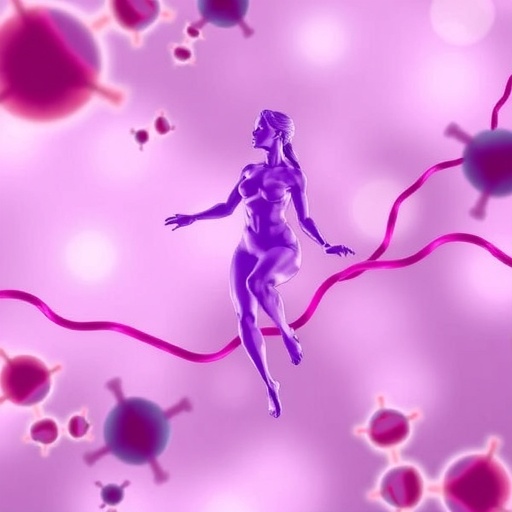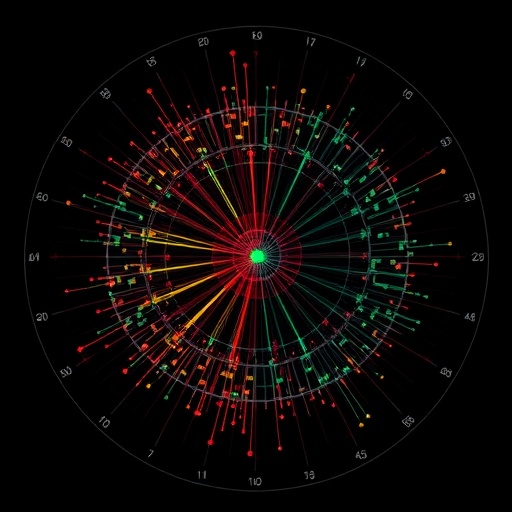An international research team has presented a global analysis of a set of observables related to one type of rare B decays measured in different experiments: mainly LHCb, Belle and also preliminary results from ATLAS and CMS.
The result of the theoretical analysis considering 30 observables (many of them proposed by this group) and presented on April 18th (see https://arxiv.org/abs/1704.05340) showed that the Standard Model is disfavored as a solution to explain all those observables at five standard deviations ("5 sigmas") with respect to a New Physics solution. In direct searches, a 5 sigma discrepancy is conventionally called a discovery. If only observables that test lepton flavor universality are considered, it is found evidence of non-universality in a range between 3 and 4 sigmas.
The research team is composed by Sebastien Descotes-Genon, director of the Laboratoire de Physique Theorique (LPT, CNRS, Orsay ); Joaquim Matias, professor at the Universitat Autònoma de Barcelona (UAB) and researcher at the Institut de Física d'Altes Energies (IFAE); Javier Virto, postdoctoral researcher at the Albert Einstein Center for Fundamental Physics (University of Bern); Lars Hofer, postdoctoral researcher at Departament FQA, ICC, University of Barcelona (UB); Andreas Crivellin, postdoctoral researcher at Paul Scherrer Institut (PSI, Villingen, Switzerland); and Bernat Capdevila, PhD student at UAB and IFAE.
Rare B decays and New Physics
Rare decays are suppressed in the Standard Model (SM) and, hence, they are an excellent place to look for New Physics that can compete with the SM in these decays. Examples are the decay of a B meson into a spin-1 particle called K* and two muons, or that of a Bs meson into two muons.
New Physics is a generic way to refer to the more fundamental theory that will supersede the SM. We know that the SM cannot explain several important observations like, for instance, the existence of dark matter or the matter anti-matter asymmetry in the universe.
30 observables in four different experiments
An observable is a physical quantity that can be measured and compared with a prediction. For the present global analysis, 30 observables have been calculated and then measured in one or many of the four above-mentioned experiments. Some of this data is still preliminary.
The first important step was taken in 2005, in a paper where a new class of observables, going beyond the traditional analyses at the time, and with high potential to observe New Physics, was proposed. Later on, in 2012 and 2013, the group presented a complete set of this class of observables. In 2013, LHCb decided to measure for the first time these observables, and found a 3.7 sigma discrepancy with the SM. LHCb confirmed this tension in 2015 with more data, and, one year later, Belle confirmed also the tension with a result in very good agreement with LHCb. A few weeks ago, at the Moriond conference, ATLAS and CMS presented very preliminary results, ATLAS confirming the anomaly and CMS more consistent with the SM. In the meantime, a long list of other deviations with respect to the SM were measured.
One special kind of those deviations comes from two observables called RK and RK*. They are ratios of a B-(B0) meson decay rate into a Kaon (or K*) particle and either muon anti-muon or electron positron pair. They are designed to test one property of the SM, called lepton-flavor universality. Those are extremely clean observables and bring important information. First, they point towards a hint that nature may violate lepton flavor universality and, second, under this hypothesis they are fully consistent with the rest of the observables.
Lepton Flavor Universality
Lepton flavor universality is a property of the Standard Model that treats all leptons in a democratic way at the level of interactions (with differences in the above mentioned decays coming from the ratios of the lepton masses). This democracy implies that one should expect the measurements of both the RK and RK* observables to be around one, but, instead, they were both measured to be around 0.75.
Future Prospects
These results open a new research direction, and LHCb is focused on producing and measuring a long list of these kind of observables able to test universality to try to confirm what has been seen in RK and RK*. Some of these new observables might be able to disentangle different possibilities.
A possible solution to this discrepancy with the SM predictions would be that we are seeing the first footprints of a new particle, and two possible candidates might be either a Z' gauge boson (similar to the known Z particle but with very different couplings with particles) or a leptoquark. This calls for an explanation in terms of models. Either models containing a Z' particle with very specific couplings (in particular, coupling predominantly to muons over electrons) or models including leptoquark particles. The latter are a generic class of particles that allow leptons and quarks to interact directly and carry color and electroweak charges, and they are naturally embedded in, for instance, grand unification theories.
###
Media Contact
Joaquim Matias
[email protected]
@UAB_info
http://www.uab.es
############
Story Source: Materials provided by Scienmag





